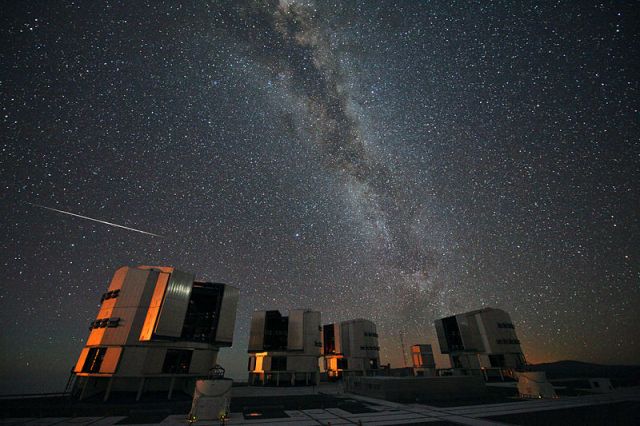

| Visitors Now: | |
| Total Visits: | |
| Total Stories: |
Meteorite Disintegrates In Earth’s Atmosphere-Huntsville 2013-05-07
METEORITE DISINTEGRATES IN EARTH ATMOSPHERE-HUNTSVILLE 2013-05-07

Photo credit: Various sources
A meteorite is a meteoroid (a solid piece of debris from such sources as asteroids or comets) originating in outer space that survives impact with the Earth’s surface. A meteorite’s size can range from small to extremely large. When a meteoroid enters the atmosphere, frictional, pressure, and chemical interactions with the atmospheric gases cause the body to heat up and emit light, thus forming afireball, also known as a meteor or shooting/falling star. The term bolide refers to either an extraterrestrial body that collides with the Earth, or to an exceptionally bright, fireball-like meteor regardless of whether it ultimately impacts the surface.
More generally, a meteorite on the surface of any celestial body is a natural object that has come from elsewhere in space. Meteorites have been found on the Moon and Mars. Meteorites that are recovered after being observed as they transited the atmosphere or impacted the Earth are called falls. All other meteorites are known as finds. As of February 2010, there are approximately 1,086 witnessed falls having specimens in the world’s collections. In contrast, there are more than 38,660 well-documented meteorite finds.
Meteorites have traditionally been divided into three broad categories: stony meteorites are rocks, mainly composed of silicate minerals;iron meteorites are largely composed of metallic iron-nickel; and, stony-iron meteorites contain large amounts of both metallic and rocky material. Modern classification schemes divide meteorites into groups according to their structure, chemical and isotopic composition and mineralogy. Meteorites smaller than 2mm are classified as micrometeorites.
Published on May 8, 2013
source: http://fireballs.ndc.nasa.gov/
If you liked this story don’t forget to hit the RECOMMEND CONTRIBUTOR button at the top of the page so that I can bring you more stories like this. I don’t get paid and it is a way to say thanks. All comments are welcome too. Please keep it clean and do not use profanity or Obscene language otherwise I will have it removed. Thanks so much!!!





They are going to become more frequent until ISON get here
SickComet.com